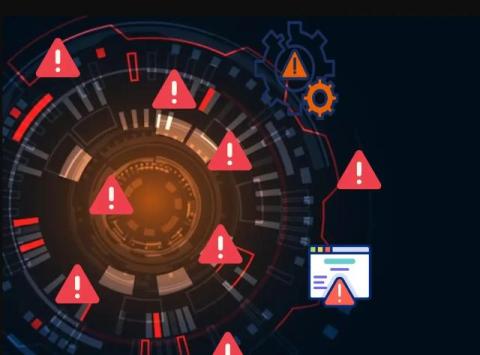CIS Control 09: Email and Web Browser Protections
Web browsers and email clients are used to interact with external and internal assets. Both applications can be used as a point of entry within an organization. Users of these applications can be manipulated using social engineering attacks. A successful social engineering attack needs to convince users to interact with malicious content. A successful attack could give an attacker an entry point within an organization. CIS Control 9 provides several safeguards to ensure the safety of external information.











